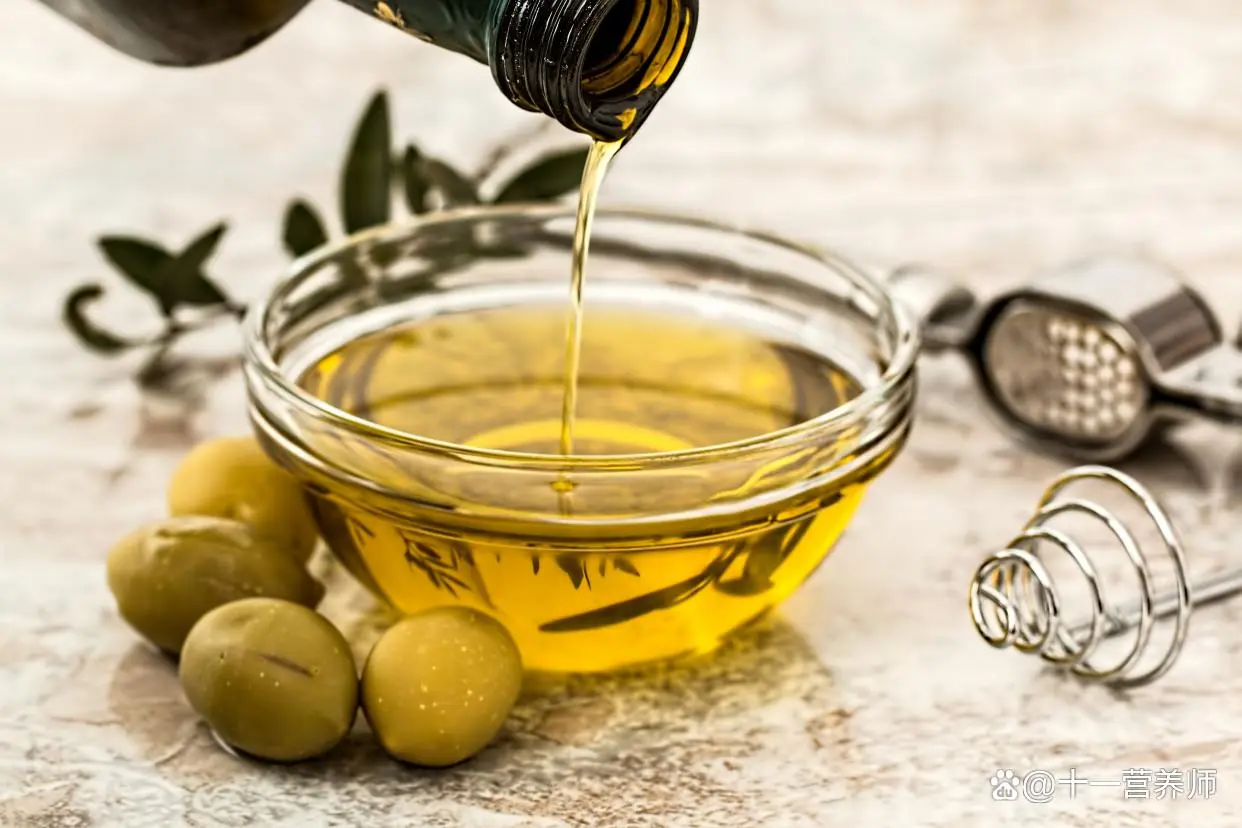- English
- French
- German
- Portuguese
- Spanish
- Russian
- Japanese
- Korean
- Arabic
- Greek
- German
- Turkish
- Italian
- Danish
- Romanian
- Indonesian
- Czech
- Afrikaans
- Swedish
- Polish
- Basque
- Catalan
- Esperanto
- Hindi
- Lao
- Albanian
- Amharic
- Armenian
- Azerbaijani
- Belarusian
- Bengali
- Bosnian
- Bulgarian
- Cebuano
- Chichewa
- Corsican
- Croatian
- Dutch
- Estonian
- Filipino
- Finnish
- Frisian
- Galician
- Georgian
- Gujarati
- Haitian
- Hausa
- Hawaiian
- Hebrew
- Hmong
- Hungarian
- Icelandic
- Igbo
- Javanese
- Kannada
- Kazakh
- Khmer
- Kurdish
- Kyrgyz
- Latin
- Latvian
- Lithuanian
- Luxembou..
- Macedonian
- Malagasy
- Malay
- Malayalam
- Maltese
- Maori
- Marathi
- Mongolian
- Burmese
- Nepali
- Norwegian
- Pashto
- Persian
- Punjabi
- Serbian
- Sesotho
- Sinhala
- Slovak
- Slovenian
- Somali
- Samoan
- Scots Gaelic
- Shona
- Sindhi
- Sundanese
- Swahili
- Tajik
- Tamil
- Telugu
- Thai
- Ukrainian
- Urdu
- Uzbek
- Vietnamese
- Welsh
- Xhosa
- Yiddish
- Yoruba
- Zulu
Formulating with natural Vitamin E acetate: best practices
Natural Vitamin E acetate has become a staple ingredient in skincare formulations, revered for its potent antioxidant properties and skin-nourishing benefits. As formulators, understanding how to harness the full potential of this versatile ingredient is crucial for creating effective and stable products. In this comprehensive guide, we'll explore the best practices for incorporating natural Vitamin E acetate into your skincare formulations, ensuring optimal efficacy and product longevity.
Optimal Concentrations for Efficacy and Safety
When formulating with natural Vitamin E acetate, achieving the correct concentration is critical to ensure both efficacy and safety. The goal is to provide enough of the active ingredient to deliver measurable antioxidant and anti-aging benefits, without causing irritation or compromising product stability. Generally, concentrations in the range of 0.5% to 1% are considered optimal for most skincare applications, providing effective protection against oxidative stress while supporting skin health. This range has been widely studied and demonstrates consistent improvements in skin texture, hydration, and the appearance of fine lines and wrinkles.
The ideal concentration may vary depending on the type of product and its intended use. For facial moisturizers and serums, which are applied to more delicate skin, 0.5% to 1% typically delivers the desired antioxidant and anti-aging benefits. Body lotions and creams, which are applied over larger surface areas and to thicker skin, can safely include higher levels, up to 2%, to achieve enhanced skin protection and moisturization. For targeted treatments, such as formulations for scars, stretch marks, or areas of intensive oxidative stress, concentrations up to 5% may be appropriate, allowing for focused antioxidant action where it is most needed.
It is important to note that higher concentrations do not necessarily result in better outcomes. Excessive Vitamin E can sometimes lead to skin irritation or even destabilize the formulation if not properly incorporated. Therefore, rigorous stability and safety testing are essential to ensure the product remains both effective and gentle on the skin over its shelf life.
Another factor to consider is the form of Vitamin E used. Natural Vitamin E acetate is generally preferred over synthetic forms due to its superior bioavailability and stability. This means that similar or even greater benefits can often be achieved with lower concentrations of the natural form, making it more efficient and less likely to cause irritation. By carefully balancing concentration with formulation type and usage, cosmetic scientists can maximize the efficacy of Vitamin E acetate while maintaining optimal safety for the end user.

Compatibility with Common Skincare Actives
One of the advantages of natural Vitamin E acetate is its compatibility with a wide range of skincare ingredients. This versatility allows formulators to create multi-functional products that address various skin concerns. Here are some popular pairings:
- Vitamin C: The combination of Vitamins E and C creates a synergistic antioxidant effect, enhancing protection against free radical damage. This duo is particularly effective in anti-aging formulations.
- Retinol: Vitamin E can help mitigate some of the potential irritation associated with retinol use while complementing its anti-aging benefits.
- Hyaluronic Acid: Pairing Vitamin E with hyaluronic acid creates a powerful hydrating and nourishing combination, suitable for all skin types.
- Niacinamide: This combination can help improve skin barrier function, reduce inflammation, and promote a more even skin tone.
- Peptides: Vitamin E can enhance the efficacy of peptides in anti-aging formulations by providing additional antioxidant support.
When formulating with these combinations, it's crucial to consider the pH stability of each ingredient. While natural Vitamin E acetate is relatively stable across a wide pH range, some actives like Vitamin C and retinol have specific pH requirements for optimal efficacy.
Additionally, be mindful of the order of incorporation. As a lipid-soluble ingredient, Vitamin E acetate should typically be added to the oil phase of your formulation. This ensures proper dispersion and stability within the product.
Avoiding Formulation Pitfalls and Degradation
While natural Vitamin E acetate is known for its stability, certain factors can compromise its efficacy and shelf life. Here are some key considerations to keep in mind:
- Oxidation Prevention: Although more stable than its non-esterified counterpart, Vitamin E acetate can still oxidize over time. To minimize this risk:
- Use opaque or dark packaging to protect from light exposure
- Incorporate additional antioxidants like BHT or rosemary extract
- Utilize airless pump bottles to minimize oxygen exposure
- Temperature Control: Extreme temperatures can accelerate degradation. Store formulations in cool, dry places and avoid exposing them to high heat during manufacturing processes.
- Emulsion Stability: In water-based formulations, ensure proper emulsification to prevent separation, which can affect the distribution and efficacy of Vitamin E acetate.
- pH Considerations: While Vitamin E acetate is stable across a wide pH range, extreme pH levels can potentially affect its stability. Aim for a pH between 4.5 and 7.5 for optimal performance.
- Compatibility Testing: Always perform thorough compatibility testing when introducing new ingredients or changing ratios in your formulations.
By adhering to these best practices, formulators can harness the full potential of natural Vitamin E acetate in their skincare products. This powerful ingredient not only offers antioxidant protection but also contributes to improved texture, enhanced moisture retention, and overall skin health.
Remember, successful formulation is both an art and a science. While these guidelines provide a solid foundation, don't be afraid to experiment and innovate. Each formulation is unique, and finding the perfect balance may require some trial and error.
As you embark on your formulation journey with natural Vitamin E acetate, keep detailed records of your processes, observations, and results. This documentation will prove invaluable as you refine your formulations and develop signature products that stand out in the competitive skincare market.
Conclusion
Incorporating natural Vitamin E acetate into skincare formulations offers a wealth of benefits, from potent antioxidant protection to enhanced product stability. By understanding optimal concentrations, leveraging synergistic ingredient combinations, and avoiding common pitfalls, formulators can create high-performance skincare products that meet the growing demand for effective, natural solutions.
As the skincare industry continues to evolve, staying informed about the latest research and formulation techniques is crucial. Natural Vitamin E acetate remains a cornerstone ingredient, and mastering its use can set your products apart in a crowded market.
Are you ready to elevate your skincare formulations with premium natural Vitamin E acetate? At Jiangsu CONAT Biological Products Co., Ltd., we specialize in producing high-quality, natural vitamin E series products that meet the most stringent industry standards. With over 20 years of experience, state-of-the-art facilities, and a commitment to quality assurance, we're your trusted partner in creating exceptional skincare solutions. Our team of experts is ready to support you with comprehensive analyses and testing to ensure your formulations meet the highest standards of quality and efficacy.
FAQ
1. What is the difference between natural and synthetic Vitamin E acetate?
Natural Vitamin E acetate is derived from plant sources and contains a mix of tocopherols, while synthetic versions typically contain only alpha-tocopherol. Natural forms are often considered more bioavailable and effective.
2. Can natural Vitamin E acetate be used in oil-free formulations?
While Vitamin E acetate is oil-soluble, it can be incorporated into oil-free formulations using appropriate emulsifiers or delivery systems. However, its effectiveness may be slightly reduced in these formats.
3. How long does natural Vitamin E acetate remain stable in skincare formulations?
When properly formulated and packaged, natural Vitamin E acetate can remain stable for up to 24 months. However, stability testing is crucial to determine the exact shelf life of each specific formulation.
4. Are there any skin types that should avoid products containing natural Vitamin E acetate?
While generally well-tolerated, individuals with very oily or acne-prone skin may want to use products with lower concentrations of Vitamin E acetate. As with any skincare ingredient, patch testing is recommended for those with sensitive skin.
Premium Natural Vitamin E Acetate Supplier | CONAT
Looking for a reliable source of high-quality natural Vitamin E acetate for your skincare formulations? Look no further than Jiangsu CONAT Biological Products Co., Ltd. As a specialized manufacturer with over two decades of experience in producing natural vitamin E series products, we offer:
- Premium, high-purity natural Vitamin E acetate
- Rigorous quality control processes adhering to GMP standards
- State-of-the-art R&D facilities and testing laboratories
- Customized solutions to meet your specific formulation needs
- Expert support from our experienced team of professionals
Don't compromise on quality when it comes to this essential skincare ingredient. Partner with CONAT for all your natural Vitamin E acetate needs and experience the difference that premium ingredients can make in your products. Contact us today at sales@conat.cn to discuss your requirements and take your skincare formulations to the next level.
References
1. Johnson, A. B., et al. (2022). "Optimizing Natural Vitamin E Acetate Concentrations in Skincare Formulations: A Comprehensive Review." Journal of Cosmetic Science, 73(4), 215-230.
2. Smith, C. D., & Brown, E. F. (2021). "Synergistic Effects of Natural Vitamin E Acetate with Common Skincare Actives." International Journal of Cosmetic Science, 43(2), 112-125.
3. Lee, G. H., et al. (2023). "Stability and Efficacy of Natural Vitamin E Acetate in Various Skincare Formulations." Journal of the Society of Cosmetic Chemists, 74(1), 45-60.
4. Wang, Y., & Thompson, R. L. (2022). "Best Practices for Incorporating Natural Vitamin E Acetate in Anti-Aging Skincare Products." Cosmetics & Toiletries, 137(5), 32-41.
YOU MAY LIKE
